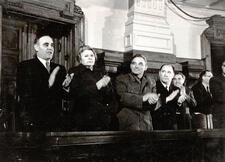Science: Agriculture
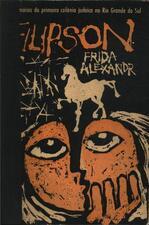
Frida Alexandr
A Brazilian-born daughter of immigrants, Frida Alexandr was the only woman writer to describe Jewish cowboys in Brazil from the viewpoint of one who lived among them. Her only published book was the novel Filipson, which chronicled the lives and episodes of the farm where she was born in 1906 and spent two decades of her life.

Miriam Baratz
Miriam Baratz was a founding member of Deganyah Aleph, the first socialist Zionist farming commune in pre-state Israel. She advocated for communal childcare and education, and for a cooperative and egalitarian economic structure. The gender paradigm she helped establish at Deganyah set a precedent of egalitarianism for the entire kibbutz movement.
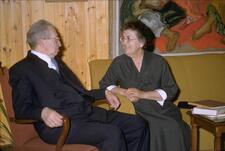
Rahel Yanait Ben-Zvi
Rahel Yanait Ben-Zvi was the second First Lady of Israel, wife to President Yizhak Ben-Zvi. Before and after Ben-Zvi’s tenure, she was active in the labor movement in Palestine and Israel and in the independence movement, as well as a prolific writer and recorder of her experiences in Erez Israel.
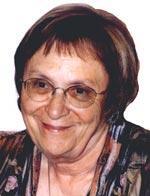
Yehudith Birk
In 1977, biochemist Yehudith Birk became the first woman to serve as a dean at the Hebrew University. An internationally renowned scientist for her studies of legume seed proteins and proteinase inhibitors, she won the 1998 Israel Prize for agricultural research.
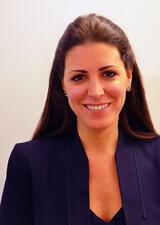
Sivan Borowich-Ya'ari
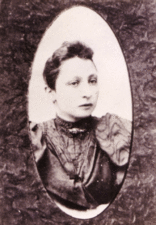
Rachel Calof
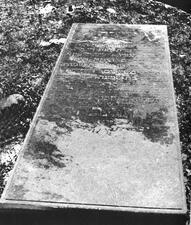
Caribbean Islands and the Guianas
Women were among the earliest settles in the Dutch and English Caribbean. Early Caribbean Jewish women, despite living in patriarchal societies, still managed to engage in public pursuits. As Caribbean Jewish communities became increasingly racially blended over time, women of color became some of the most definitive architects of distinctly Creole Caribbean Jewry.
Hannah Chizhik
Hannah Chizhik was an advocate for women’s emancipation and she was committed to the women workers movement. She became an expert in vegetable farming, agricultural work, and domestic labor for the groups of women pioneers. In 1926 she established a women’s smallholding in Tel Aviv, which became an important center for pioneer youth.
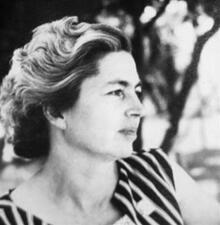
Shulamit Goldstein
A member of the underground militant group Irgun Zeva'i Le'ummi, Shulamit Goldstein became Israel’s first female pilot in the 1930s. Later in life, she also became a nursery school teacher, a poultry farmer, and a fiberglass manufacturer.
Shira Gorshman
A multi-faceted Yiddish writer, Shira Gorshman embodied the vision and struggles of Jewish socialism throughout her long and productive life. Her work encompassed the shtetl of Lithuania, pioneering Palestine, the Soviet experiment, the Holocaust, and finally the return to modern Israel. In all these journeys her characters, many of whom are women, are revealed in their full humanity and individuality.
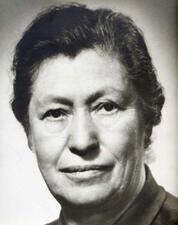
Bessie Goldstein Gotsfeld
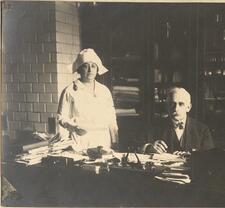
Amelia Greenwald

Jewish Environmentalism
Women have been central to the development of Jewish environmentalism in the United States. They founded organizations, wrote books, educated their communities, grew food, and advocated for better policies. These women saw their environmental ideals as directly connected to their Judaism and realized that our future may depend on this work in the face of the climate crisis.
Roza Shoshana Joffe
Roza Shoshana Joffe was a teacher who made Aliyah from the Ukraine, determined to establish a school for girls in Palestine. After many years teaching in Jaffa, she left the city for a village near the Sea of Galilee, where she bought and operated her own farm and hoped to open a school for farmers’ daughters.
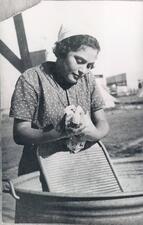
Kibbutz
Although the kibbutz was intended as an equalitarian, democratic utopia, attempts to achieve gender equality have been limited by traditional masculinities and male-controlled spheres and gender inequalities have persisted.

Kibbutz Ha-Dati Movement (1929-1948)
Beginning in 1929, the religious kibbutz (Kibbutz Ha-Dati) movement represented the confluence of progressive ideals of equality and collectivism and traditional customs of Judaism. As a result, women in the movement lived at a crossroads.
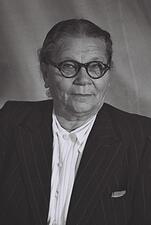
Ada Maimon (Fishman)

Hannah Maisel-Shohat
Combining her zeal for the Zionist movement and her extensive education in agriculture, Hannah Maisel-Shohat dedicated herself to the establishment of women’s farms and agriculture education programs in Palestine in the 1920s.
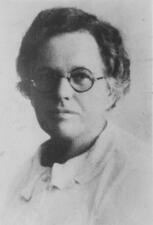
Sarah Malkhin
Sarah Malkhin was among the first women agricultural laborers to arrive in Palestine during the the Second Aliyah. Through efforts to establish new kinds of agricultural settlements founded on ideals of emancipation and independence, Malkhin and her colleagues clashed with veteran settlers of the Old Yishuv.
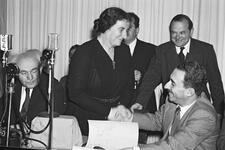
Mo'ezet Ha-Po'alot (Council of Women Workers)
The Mo’ezet Ha-Poalot was founded in 1921 as the women’s branch of the Histadrut, the General Federation of Workers in mandatory Palestine. In the name of women workers, the organization struggled for many years for equality in the eyes of the Histadrut, though it ultimately came to represent more broadly the interests of Jewish women in Palestine and Israel, including immigrants and housewives.
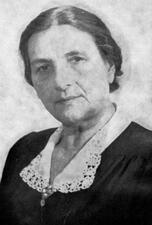
Moshavah
Poland: Interwar
A minority habitually ignored by scholars, Polish-Jewish women played important roles in the changing cultural and political framework of the interwar years.
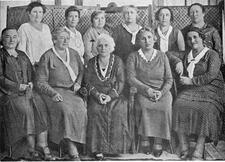
Nehamah Pukhachewsky
Nehamah Pukhachewsky’s writings advocated for Jewish women with a feminist confidence that resonates with readers to this day. Pukhachewsky immigrated from Lithuania to Palestine in 1889, actively participating in agriculture and women’s rights movements along with writing articles for Hebrew journals. She is remembered as one of the first modern Hebrew women prose writers.

